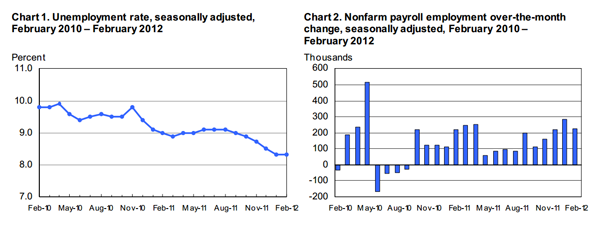
INSIGHTSTop 15 Potential Blockbusters in DevelopmentThere is a feeling in the industry that the day of the multi-billion dollar drug is over. That the market is transitioning to more specialized and targeted therapies. However, according to John Carroll, Editor-in-Chief at Fierce-Biotech, “Despite rumors to the contrary, the blockbuster is far from dead. Here are 15 hopefuls that are alive and kicking.”
IN THE NEWSWe have compiled a few links to some sites that we’ve found valuable for our business that we’d like to share: |
ABOUT MICHELLE POLONI, CSAM“My goal is to match qualified and dedicated candidates with stimulating client companies, which will result in a better lifestyle and work environment for all. I look to partner with individuals who have a passion for what they do professionally and personally. Most importantly, I am myself and I expect the same honesty and integrity I provide.”Before starting in the business of recruiting, I graduated from University of California, San Diego. After which, I worked in cancer research for three years. This knowledge base in science has given me a unique understanding and appreciation for life sciences. I have been with MR Vancouver since 2000 working in the life science industry. I am a Certified Senior Account Manager through MRINetwork, allowing me to continue to sharpen my skills in the recruitment industry and was the Regional CSAM of the Year for 2010. Industries Served
Current Openings
Contact MeMichelle@MRVancouver.comMichelle’s LinkedIn Profile 700 Washington St Suite 508 Vancouver, WA 98660 T 877.695.4688 | F 360.695.4384 |

 The 8.2 percent national unemployment rate, and even the 3.9 percent bachelor's degree and higher unemployment rate, seem to still give employers a false sense of plentiful candidate supply. It's like the man stranded on a tropical island, surrounded by salt water — yet dying of thirst.
The 8.2 percent national unemployment rate, and even the 3.9 percent bachelor's degree and higher unemployment rate, seem to still give employers a false sense of plentiful candidate supply. It's like the man stranded on a tropical island, surrounded by salt water — yet dying of thirst.




